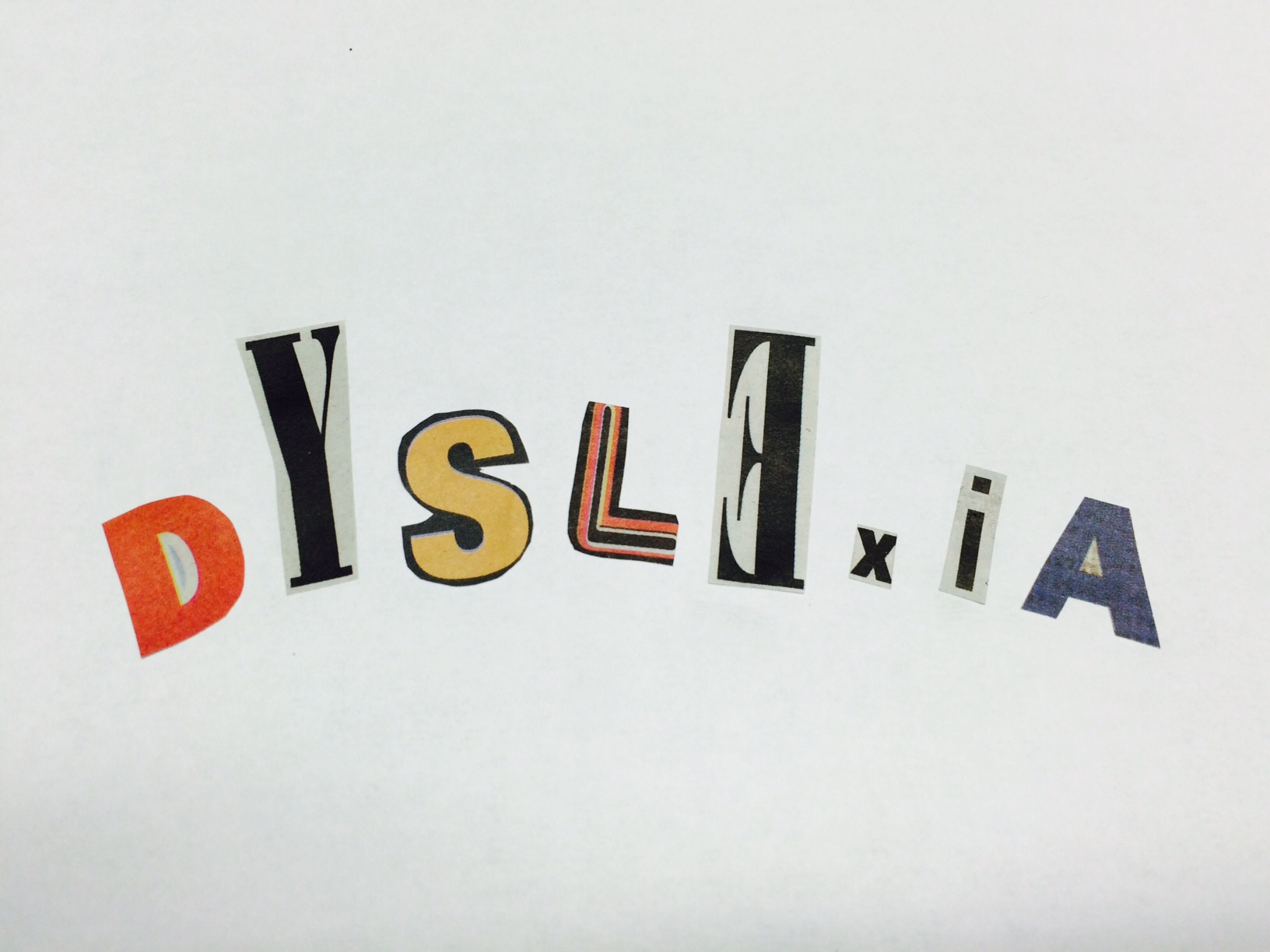
Once dyslexia is identified in a student, simple changes to the classroom environment can make a big difference. Changes to the classroom include such simple items as printing handouts on yellow paper to reduce the black and white contrasts. Other “reasonable adjustments” may include assistive technologies and adapted keyboards for the computer.
“There are many different ways that those with dyslexia can be helped in the classroom.”
As with all “reasonable adjustments”, it is important to experiment and sees what positively impacts each child, and ultimately every affected adult. Per the Equality Act 2010, dyslexia difficulties give workers the right to request “reasonable adjustments” in the workplace. With this in mind, assistive technologies that helped a child could be used to support adults with dyslexia difficulties.
Key Takeaways:
1
Once diagnosed, helping someone with dyslexia makes a massive difference.
2
Changing classrooms may be what the learner needs to grasp concepts easier.
3
One-on-one learning is a great way to help someone with dyslexia.
Read the full article here:
http://www.dyslexiaaction.org.uk/news/what-help-hand-those-dyslexia
http://www.dyslexiaaction.org.uk/news/what-help-hand-those-dyslexia
Do You Need help with a Learning Difficulty?
Our simple online analysis will help you get to the core of the problem and find the right solution for you.
Understanding how to help someone with a learning difficulty starts with understanding which micro-skills are affected. When you learn which of the micro-skills is the problem, you will then be on your way to solving it.
You'll also learn how to:
- Build confidence
- Enhance Learning ability
- Eliminate avoidance
- Build grit
You can get this analysis for free by filling out this simple form. This will help you get to the bottom of a learning difficulty and provide you with a solution. If you are ready to put this problem behind you click the button below and fill out the form.










